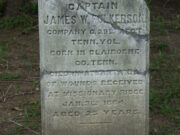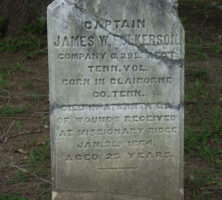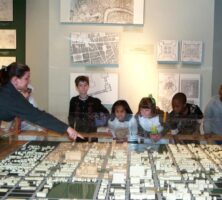Heritage education has evolved and matured over many years. Teachers and students employ local historic sites, primary resource documents, artifacts, photographs, and oral histories to learn about the past, the present, and the future. Many local and statewide programs form the foundation for heritage education in Georgia, a state that is diverse not only in its ethnic groups and geographic features but also in its range of historic properties—high-style architecture treasures, ancient Indian mounds, downtown commercial buildings, rural farmsteads, and urban neighborhoods.
History
Heritage education grew out of the nationwide historic preservation initiative that began in the late 1960s, when people began to realize the importance of the built environment, its ability to provide people with a sense of history and place, and its importance as a tangible link to our history. Preservationists saw the need to educate people about their past by using the built environment as a classroom. This early desire to save the built environment has been extended over the years to other aspects of American society, including archaeological and personal artifacts, oral histories, documents, photographs, and cemeteries. Yet the educational premise remains the same: people will not appreciate and protect unless they understand the importance of these tangible remains of the past.
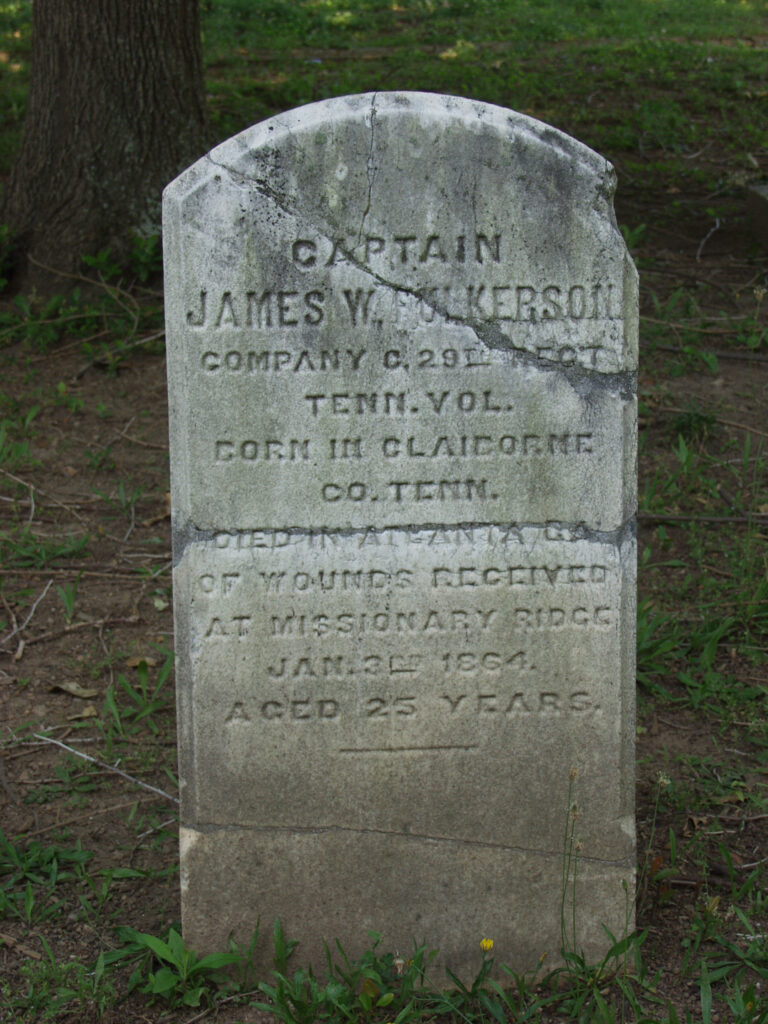
Courtesy of Historic Preservation Division, Georgia Department of Community Affairs.
Importance of Heritage Education
Educators who have incorporated heritage education into their existing curriculum have come to realize not only the importance of teaching students about their past but also the ways in which local and community history helps students better to understand state and national history, mathematical and scientific concepts, art, music, and the humanities. From a very early age children are interested in their immediate surroundings. By channeling such natural curiosity and interest in tangible surroundings, educators can help students understand theories and ideas of a more general or far-reaching nature and at the same time teach them to appreciate and understand the past.
Programs
Heritage education programs in Georgia, at the local and statewide level, generally fall into two categories: programs for teachers and programs for children. Such organizations as the Georgia Trust for Historic Preservation, the Atlanta History Center, the Georgia Historical Society, the Society for Georgia Archeology, and Georgia Humanities provide staff development opportunities to teachers across the state. Locally, such organizations as Historic Columbus Foundation, Historic Augusta, Historic Savannah Foundation, Coastal Georgia Historical Society, Bartow History Center, Thomasville Landmarks, and the Atlanta Preservation Center, among others, provide opportunities for children in their communities, as do numerous house museums throughout the state. National Park sites such as the Ocmulgee National Monument and the Jimmy Carter boyhood home offer quality programming for students, and at least two schools systems, Troup County and Morgan County, offer elective classes in local history to high school students. Some organizations, such as the Massie Heritage Center in Savannah and the Historic Chattahoochee Commission, a bistate agency of Alabama and Georgia, provide programs for both teachers and students. The primary philosophy driving all of these organizations is to connect teachers and children to their communities through local historic resources. Many of these organizations cooperate to provide quality programming across the board. Successful heritage education in Georgia relies on all of these partnerships, for each organization offers a unique component that strengthens the effort statewide.
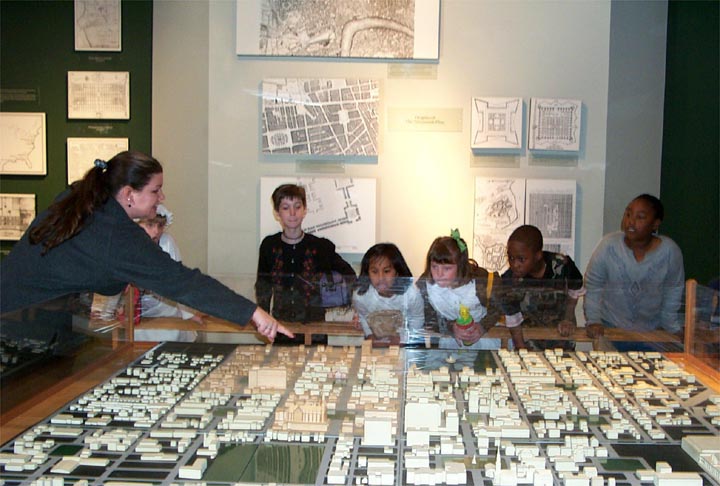
Courtesy of Massie Heritage Center


